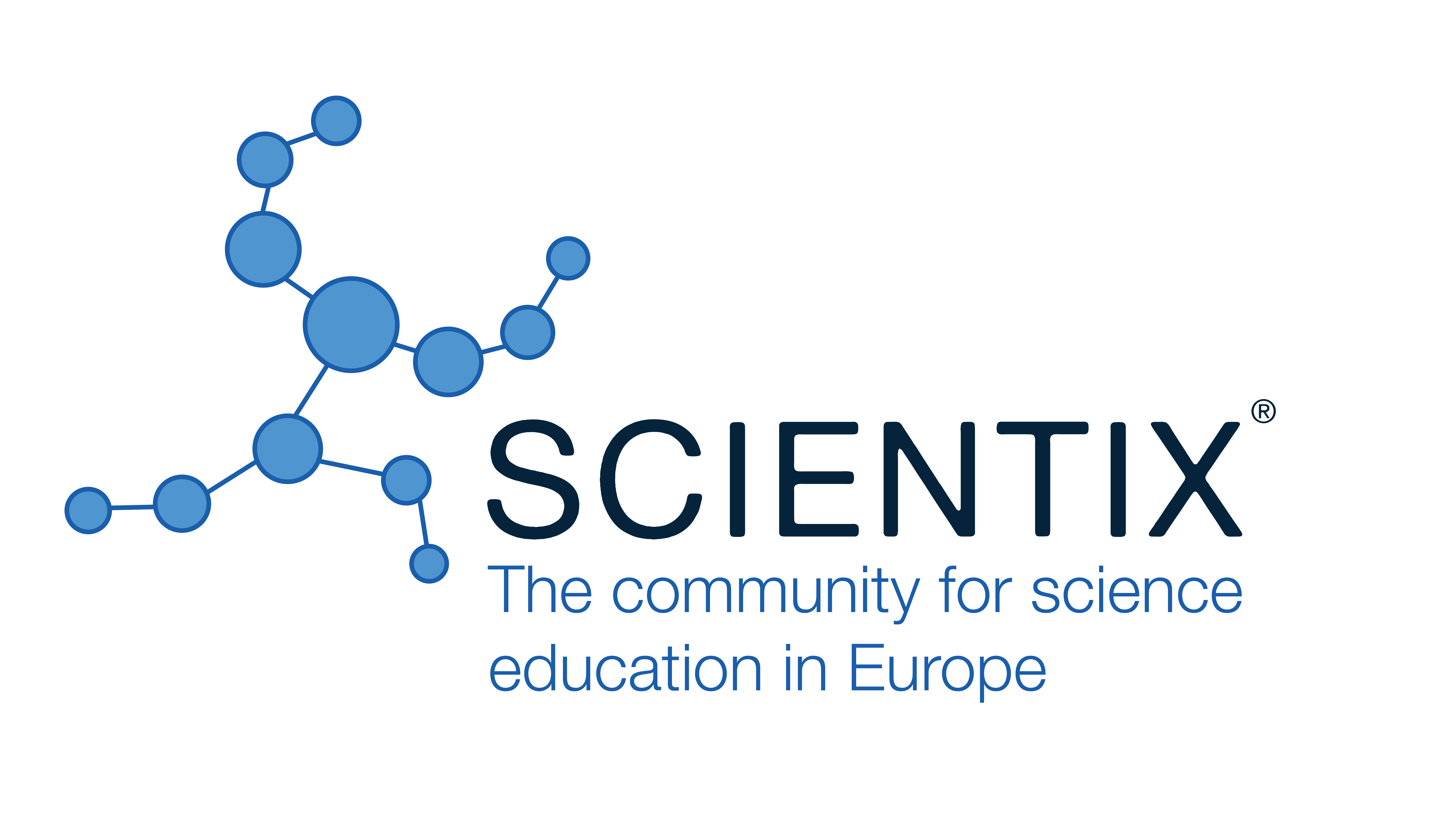Building High Quality, Student-Driven Discourse Through The Use Of Culturally And Linguistically Relevant Texts
Leticia Romero Grimaldo, University of Texas at Austin (United States)
Shannon Giroir, University of Texas at Austin, U.S.A. (United States)
Abstract
Utilizing culturally and linguistically relevant texts is critical in building an assets-based approach to supporting language and literacy development for multilingual learners (Project ELLIPSES, 2020). Culturally and linguistically relevant texts allow students to make connections grounded in their own cultural knowledge, see themselves reflected in the texts, and draw on their prior knowledge, lived experiences, and diverse perspectives and make meaning of what they have read (Gay, 2002, Linan-Thompson, 2020, Sharma & Christ, 2017) . Students feel valued and empowered when they can express what they think about a text and make meaningful connections to it through high quality discourse and in their writing . In this practice-oriented session, the researchers will focus on key practices and strategies educators can implement to promote meaningful interaction during literacy instruction and advance comprehension and language development for multilingual learners. The researchers will share a research collaboration with practicing educators aimed at developing effective educators who skillfully implement high quality instruction for multilingual learners through a job-embedded professional learning approach. As part of two federally funded projects, the researchers work collaboratively with educators to develop, implement, and refine an instructional model for enhancing student discourse and expressive language development for multilingual learners utilizing culturally and linguistically responsive texts. Researchers share implementation experiences and provide guidance in implementing target practices, along with sharing practitioner and student tools. Examples of culturally and linguistically responsive books and lessons used in the studies will be shared and discussed to highlight student success. Finally, the speakers will present suggestions for enhancing classroom interaction and making grade-appropriate adaptations to the model, such as guidance in transitioning from interactive read-aloud lessons to student-led, independent book clubs.
Keywords: Culturally Responsive Practices, Student Engagement, Language Development
[1] Project ELLIPSES, Project LEE, & Project ELITE2. (2020). Meeting the needs of English learners with and without disabilities: Brief 2, Evidence-based Tier 2 intervention practices for English learners. U.S. Office of Special Education Programs.
[2] Gay, G. (2002). Preparing for culturally responsive teaching. Journal of Teacher Education, 53(2), 106–116.
[3] Linan-Thompson, S., Lara-Martinez, J. A., & Cavazos, L. O. (2018). Exploring the intersection of evidence-based practices and culturally and linguistically responsive practices. Intervention in School and Clinic, 54(1), 6–13.
[4] Sharma, S.A., & Christ, T. (2017). Five steps toward successful culturally relevant text selection and integration. The Reading Teacher, 71(3), 295–307.
 The Future of Education
The Future of Education





























